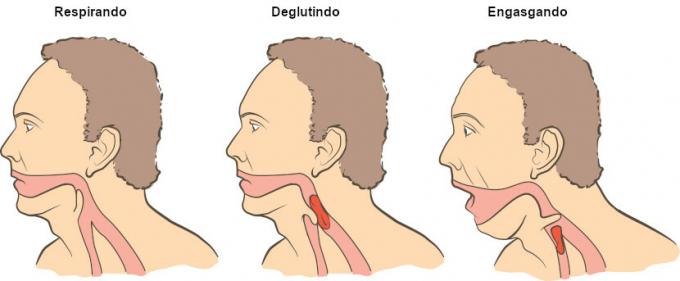The first studies of archeology date back to the Renaissance period, an intellectual movement, artistic and literary event that took place in Europe in the 16th century, which marked the transition from the Middle Ages to the Modern.
This movement starts in Italy, from the first humanists, basic concepts and archaeological descriptions that culminated in the current discussions and controversies of archeology, generating, with the advent of these researches, hypotheses, judgments, analyzes and a methodology of work and reasoning that seeks to understand the different stages of human activities in times remote.
Supported by humanists such as Francisco Petrarca, archeology was widely disseminated and cultivated by Italian artists of the Renaissance period.
Significant archeological discoveries such as the ancient Italian cities of Pompeii and Herculanum (both buried in thick layers of ash and lava resulting from the eruption of Vesuvius in the year 79 d. C.) and also the deciphering of hieroglyphs (incomprehensible, illegible writing; characters from ancient Egyptian scriptures) by the French researcher João Francisco Champollion, opened up new perspectives for archaeology.
In the middle of the 18th century, excavations in these towns in Campaña revealed considerable archaeological discoveries preserved by layers of ash from the eruption of Vesuvius.
The evidence of temples, squares, streets, residences, manuscript rolls and utilitarian objects in metals and other materials recovered from excavations further consolidated more archaeological studies and research, since from these elements it was possible to reconstitute aspects of the way of life and customs of the Ancient Pomegranate.
Do not stop now... There's more after the publicity ;)
The first debates on prehistory also began in the Renaissance period, but only in the 19th century, from the works developed by the French researcher Jacques Boucher de Crevecoeur de Perthes, is that it obtained the greatest impulse scientific.
After 1863, themes related to prehistory were consolidated based on important archaeological discoveries (human remains) resulting from excavations in Périgord (France).
With the European scientific development of the 19th century, museums and research laboratories were created that made it possible to carry out analyzes and systematization of scientific investigations of this nature, even though archeology only reached its peak as a science in the 20th century.
In the next article we will continue our discussion about the fascinating world of archaeology. The themes that we will approach in the following work will be: the types of archaeological sites; how archaeological sites are found; archaeological excavations and archeology specialties. Until then!
By Antonio Canto
Brazil School Columnist
Antonio Canto is an Archaeologist, Master in Geosciences (UFPE), PhD in Archeology (University of Coimbra). College professor; Archaeologist at the João Pessoa Cultural Heritage Revitalization School-Workshop; President of the Center for Archaeological and Social Research (NUPAS).
Would you like to reference this text in a school or academic work? Look:
RIBEIRO, Thiago. "History of Archaeology"; Brazil School. Available in: https://brasilescola.uol.com.br/geografia/historico-arqueologia.htm. Accessed on July 6, 2023.
Cringe
The slang adapted from English is used to designate someone who is seen as tacky, shameful, outdated and out of fashion.
Neurodiversity
A term coined by Judy Singer, it is used to describe the wide variety of ways the human mind behaves.
PL of Fake News
Also known as PL2660, it is a bill that establishes mechanisms for the regulation of social networks in Brazil.
Click here and learn all about the Victorian Era, Queen Victoria's reign period, in...



